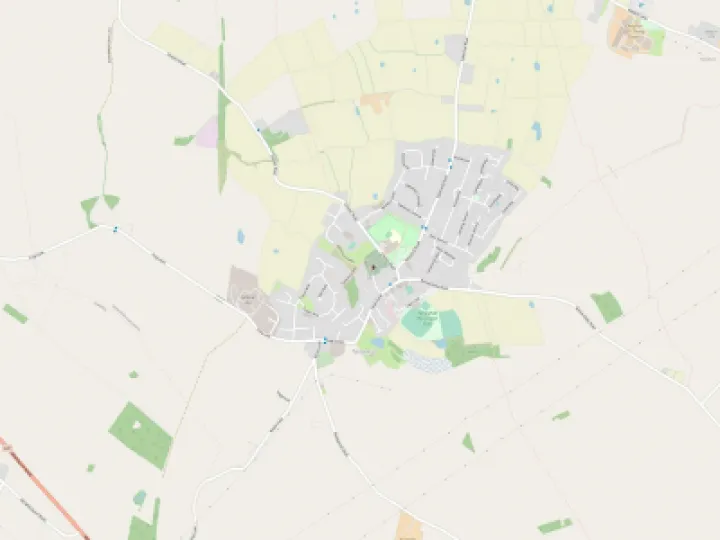Mzzz B's February Garden Blog.

Where did January go? In a whirl of rain, frost and snow. Leaving our gardens soggy and unworkable. But there are flowers out in the garden -cyclamen coum , yellow aconites, hellebores, verbena Bonariensis, and a number of others shrubs, but this is the time for snowdrops above all else, there have been early snowdrops in our garden flowering since before Christmas. They seem to manage all sorts of weather and still as soon as the sun comes out they open up like little helicopters, some have a delightful perfume.There are snowdrop enthusiasts who will pay a huge amount of money for rare snowdrops , ones that have different shapes, number of petals, large, small early/ late, particular markings etc. Snowdrops are not British natives they were introduced into the UK by monks who brought them from central and Southern Europe. It is unclear when the earliest dates for this were, but Reading Abbey Monks were using them for headaches in the 12th century.Most 'wild snowdrops' are in fact garden escapes and were more common from the 15th century onwards.
The best time to spread and increase snowdrops is just after they have finished flowering- this is called 'in the green'. Dig up the bulbs and gently pull them apart, making sure that they do not dry out, replant them in small groups where you want them to spread.
Watch the weather and do not venture out onto your garden until it has dried out a bit, but there are jobs you can start to do as the weather improves in February:
- Cut down deciduous ornamental grasses left standing over winter, before fresh shoots appear
- Divide large clumps of snowdrops and winter aconites after flowering and replant to start new colonies
- Prune late-summer flowering clematis, cutting stems back to healthy buds about 30cm from the base
- Divide congested clumps of herbaceous perennials and grasses to make vigorous new plants for free
- Transplant deciduous shrubs growing in the wrong place, while they are dormant
- Pot up containers with hardy spring bedding, such as primroses, wallflowers and forget-me-nots
- Prune winter-blooming shrubs such as mahonia, winter jasmine and heathers, once they've finished flowering
- Cut back wisteria side shoots to three buds from the base, to encourage abundant flowers in spring
- Give winter heathers a light trim after flowering, removing shoot tips but not cutting back into old wood
- Prune buddleja and elder to the base to keep these vigorous shrubs to a reasonable size
- Trim back ivy, Virginia creeper and other climbers if they have outgrown their space, before birds start nesting
- Cut away all the old foliage from epimediums with shears, before the spring flowers start to develop
- Sprinkle slow-release fertiliser around the base of roses and other flowering shrubs.
- Sow seeds indoors : broad beans , salvias, tomatoes, kale and sweet peas.
Get In Touch
Tattenhall Online is powered by our active community.
Please send us your news and views using the button below:







